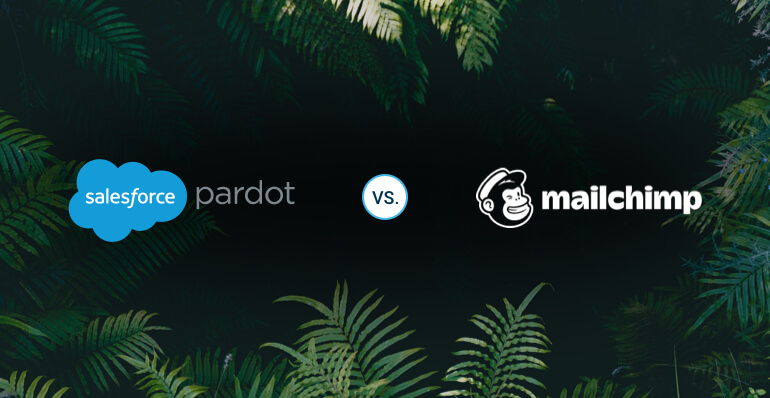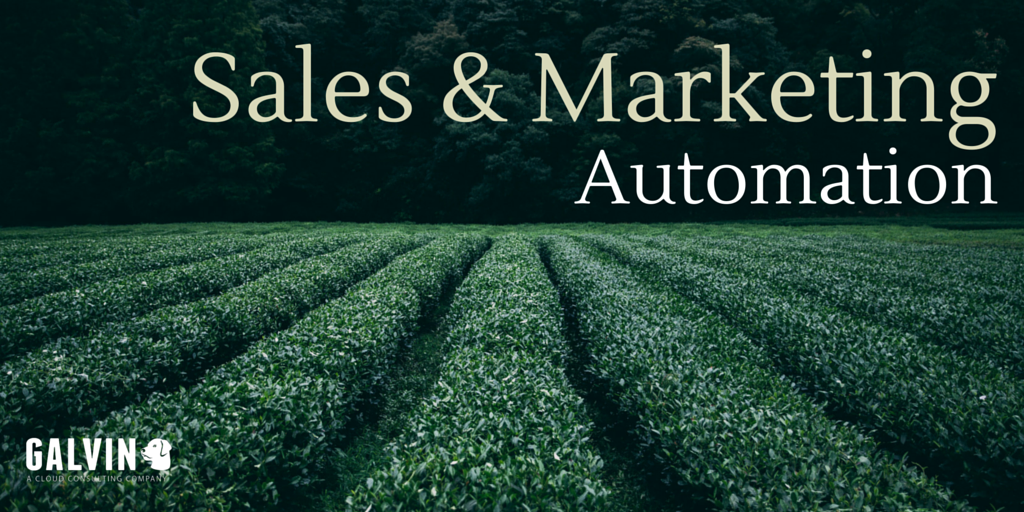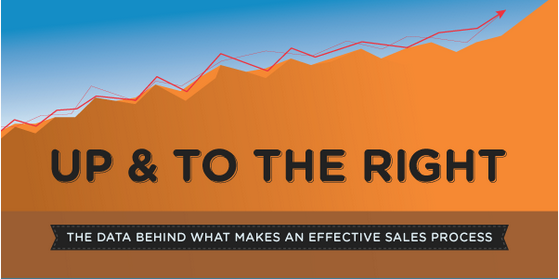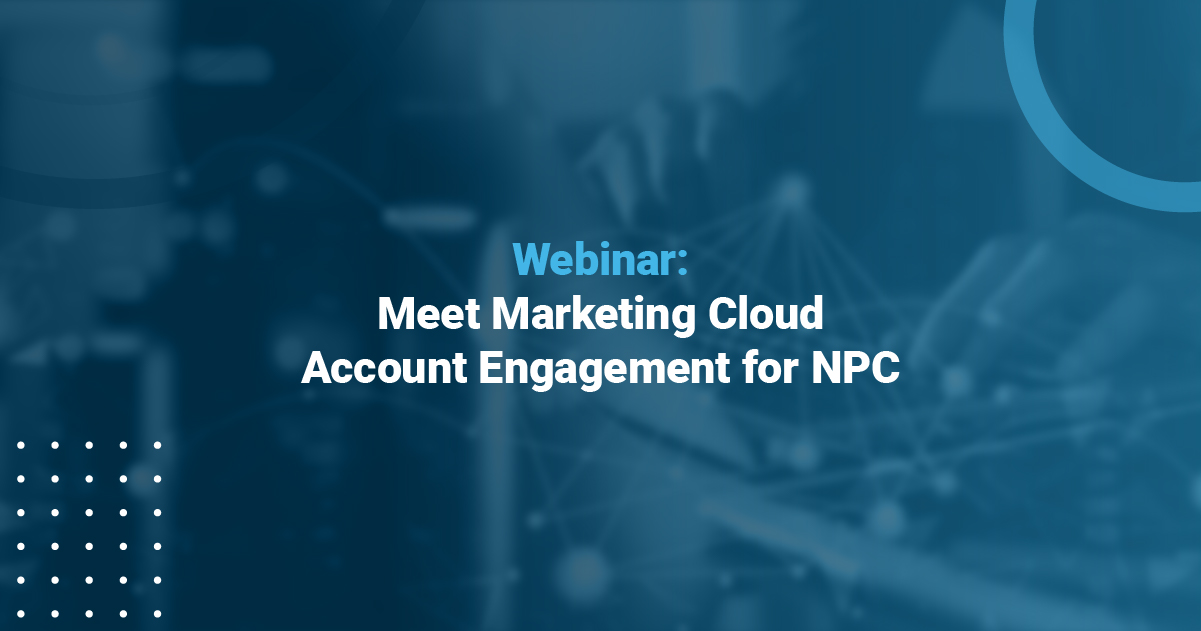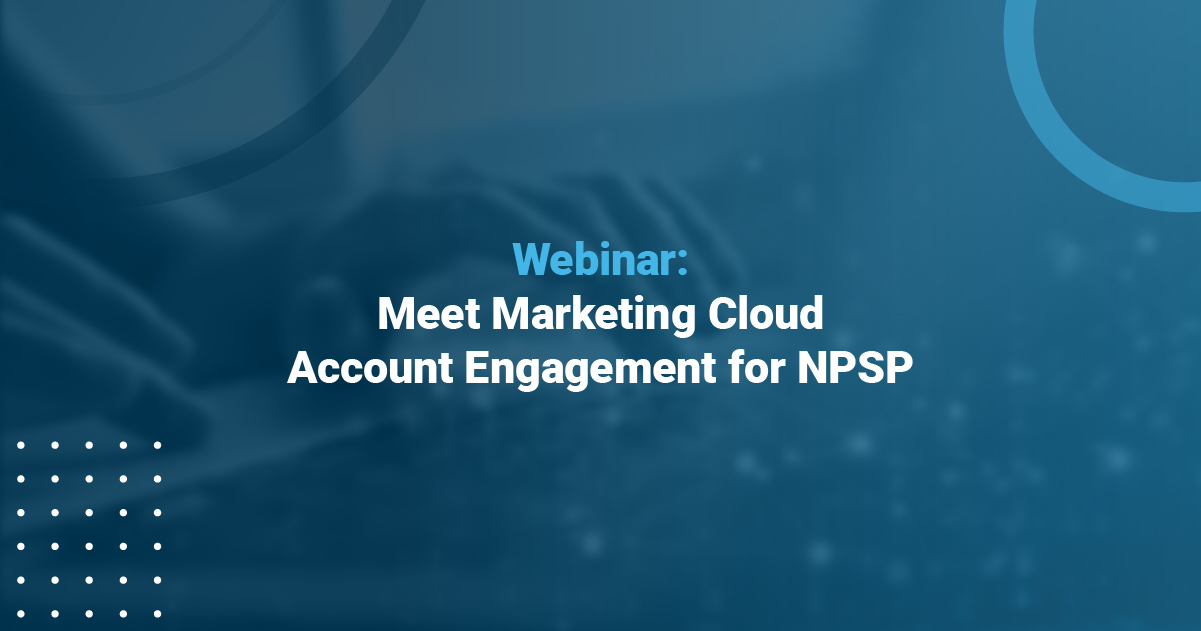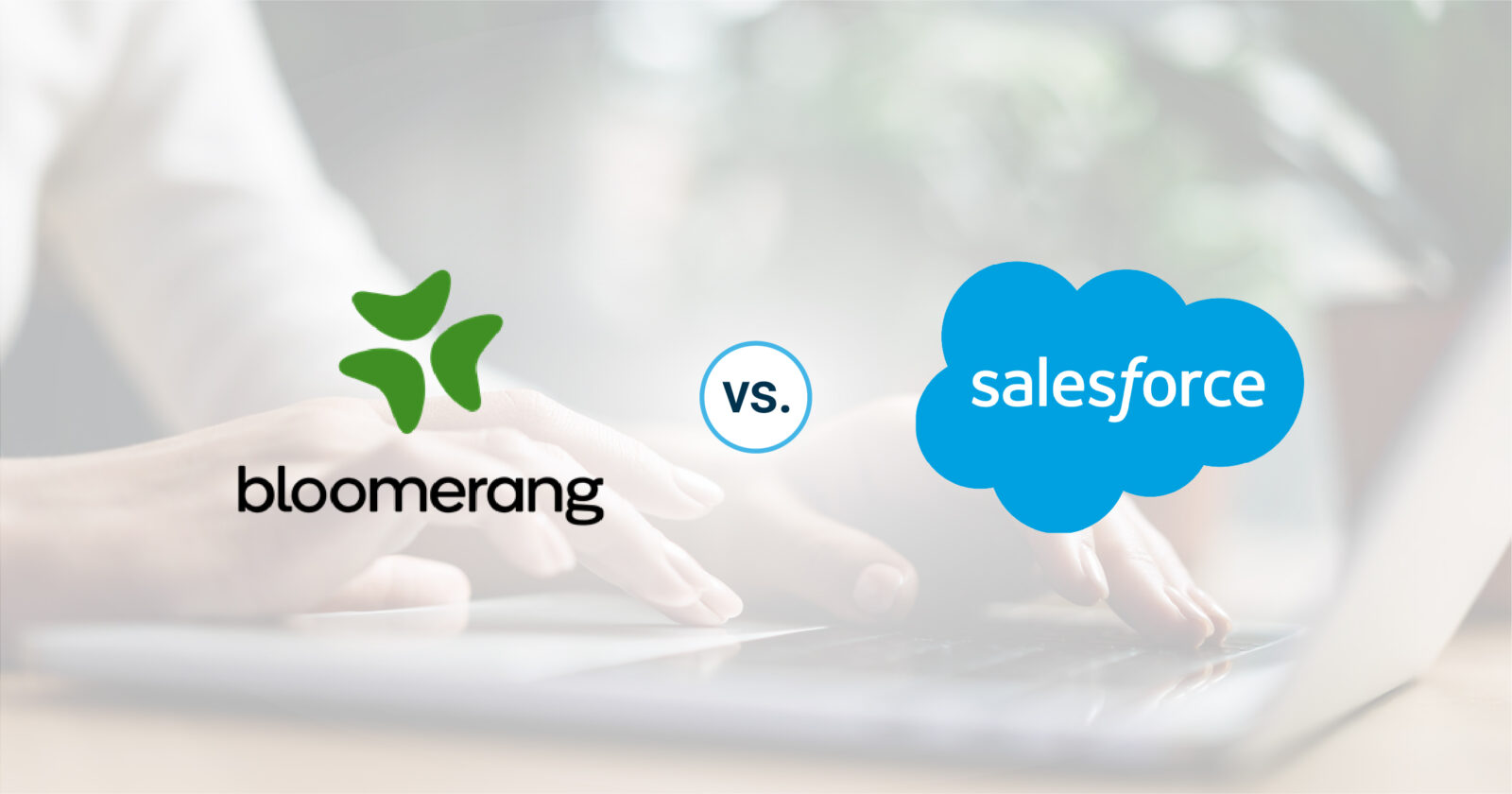The Value of Marketing Automation Part One: An Introduction to the Business Concept
This blog is posted by Lauren Littlefield, Director of Marketing at Right on Interactive
Marketing automation has come a long way in popularity and acceptance. Sirius Decisions estimates the adoption rate of marketing automation to increase by 50 percent by 2015.
But success of the
Learn more about these and other metrics from leading experts in marketing automation via this easy to understand infographic.
The marketer, for instance, needs to identify the specific need of a prospect, have a clear cut understanding of the solution offered, and the message to be communicated. The marketer also needs to understand the ideal prospect, and figure out methods to approach him or her. A good rule of thumb is to profile the specific characteristics of top 20 percent of the customers, who normally account for about 80 percent of all sales, as ideal prospects.
With these parameters in place, the marketer can then apply automation to find out where a prospect stands in relationship to the brand and make suitable engagement interventions aimed at nurturing the prospect. Ways to do so include applying the automated solution to score the prospect against the ideal prospect, and to score the effectiveness of the engagement initiatives versus the responses.
In our second part of this series, we will dive into the business impacts of marketing automation (shortening the sales cycle and building trust).

